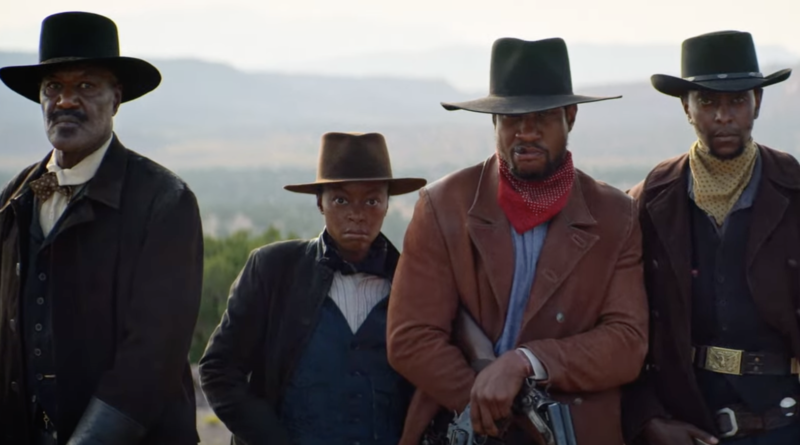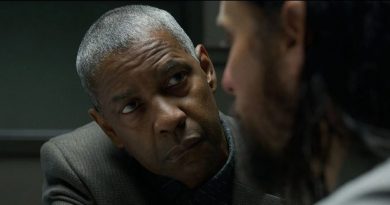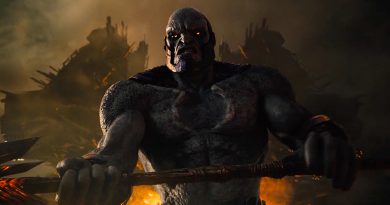‘The Harder They Fall’ Review: All in on Style
The Harder They Fall has been one of Netflix’s buzzier releases in recent months, and while it falls shy of greatness, it certainly makes a mark. The movie is a western, revisionist as all westerns are these days, with a somewhat unique take on the genre. The primary draw is that it features an almost entirely black cast who all play fictional versions of real life black and mixed cowboys, lawmen, outlaws, and other western figures. While the people they play existed, the narrative is completely fictional, and many of the characters are nothing like their real life counterparts. This is not to be taken as a negative, however, as the film openly acknowledges this fact and plays with it to some degree.
Speaking of the cast, they’re all great, for the most part. The supporting parts are played extremely well, especially by UTW favorites like Idris Elba, Delroy Lindo, and Lakieth Stanfield. The only performances this didn’t quite hit the mark for me were Jonathan Majors as the lead Nat Love, and Regina King as Trudy Smith. Majors performs his role well for the most part, but often mumbles his dialogue whilst adopting a stereotypical “western” affect, which can occasionally make it very hard to hear what he’s saying. King, on the other hand, has a strangely one-note performance, spending most of her screen time making blue steel looks at the camera. She has a great monologue about halfway through, which she does very well, but the rest of her performance left a bit to be desired.
The story follows Nat Love (Majors) and his crew of fellow outlaws as they attempt to wipe out a much larger and more powerful gang led by Rufus Buck (Idris Elba). They do this because Love’s wants revenge against Buck for murdering his parents, and the other gang members have also coincidentally found themselves in Buck’s crosshairs after accidentally robbing him. While the plot goes through various machinations: robberies, standoffs, and the like, that’s about all there is to the story. It’s simple and effective, although a bit overlong at 2 hours and 15 minutes.
What the movie really brings to the fore, is a heavy dose of style. Largely owing to the vision of director (and Seal’s brother) Jeymes Samuel, The Harder They Fall has a very cool look and sound to it. It makes effective use of contemporary music, slow motion, and interesting birds-eye cinematography to being its world to life, creating moments reminiscent of some of Django Unchained‘s most arresting scenes. The film also has some fantastic production design, from costumes, to sets, to props, giving each a sense of heightened realism that feels in line with the fantastical universe of the film without calling too much attention to itself. Some of the best work is in the design of the town of Redwood, which is a colorful, vibrant, all-black outpost, and the contrasting design of Maysville, an all-white town (both in terms of its populace and its architecture).
Much like The Salvation, Open Range, and Slow West before it, The Harder They Fall is a good but not great western that does just enough to give a few clever twists on the well-worn genre but fails to truly transcend its trappings to give audiences something really brilliant. That said, if you are craving a solid western that bring some uniqueness, The Harder They Fall is a good way to go.




